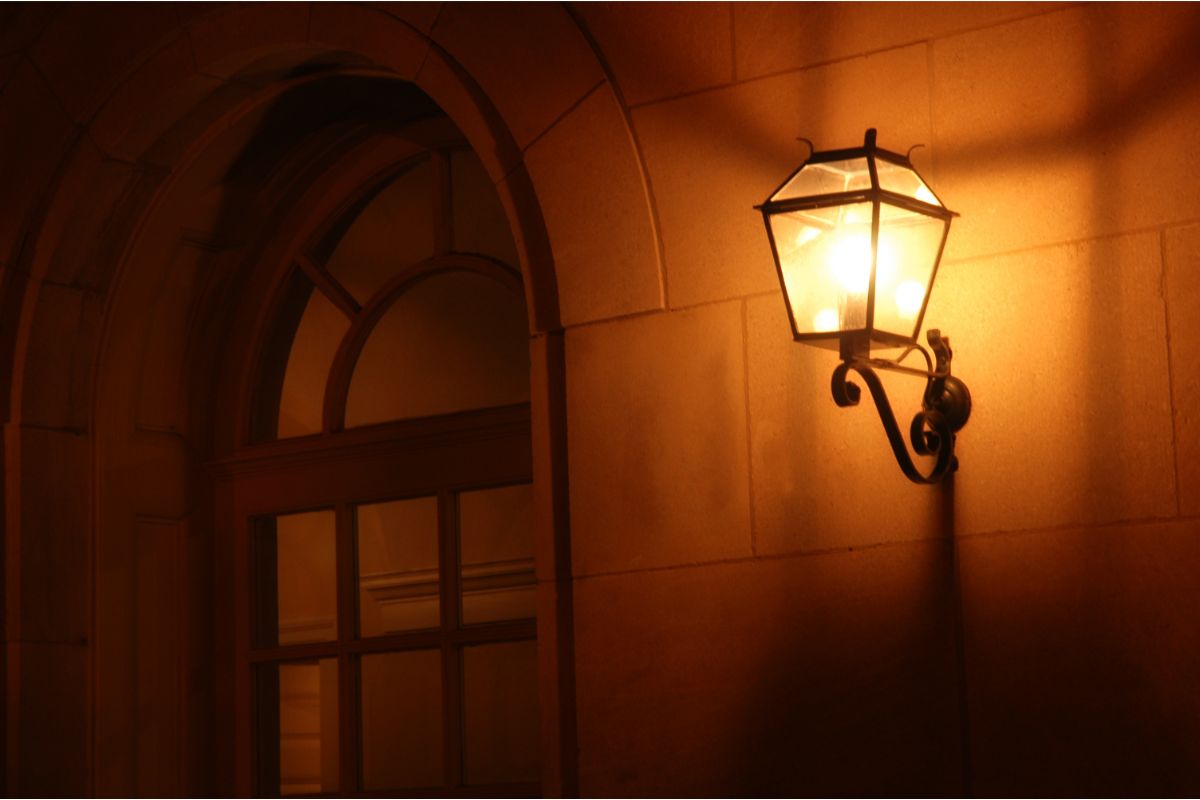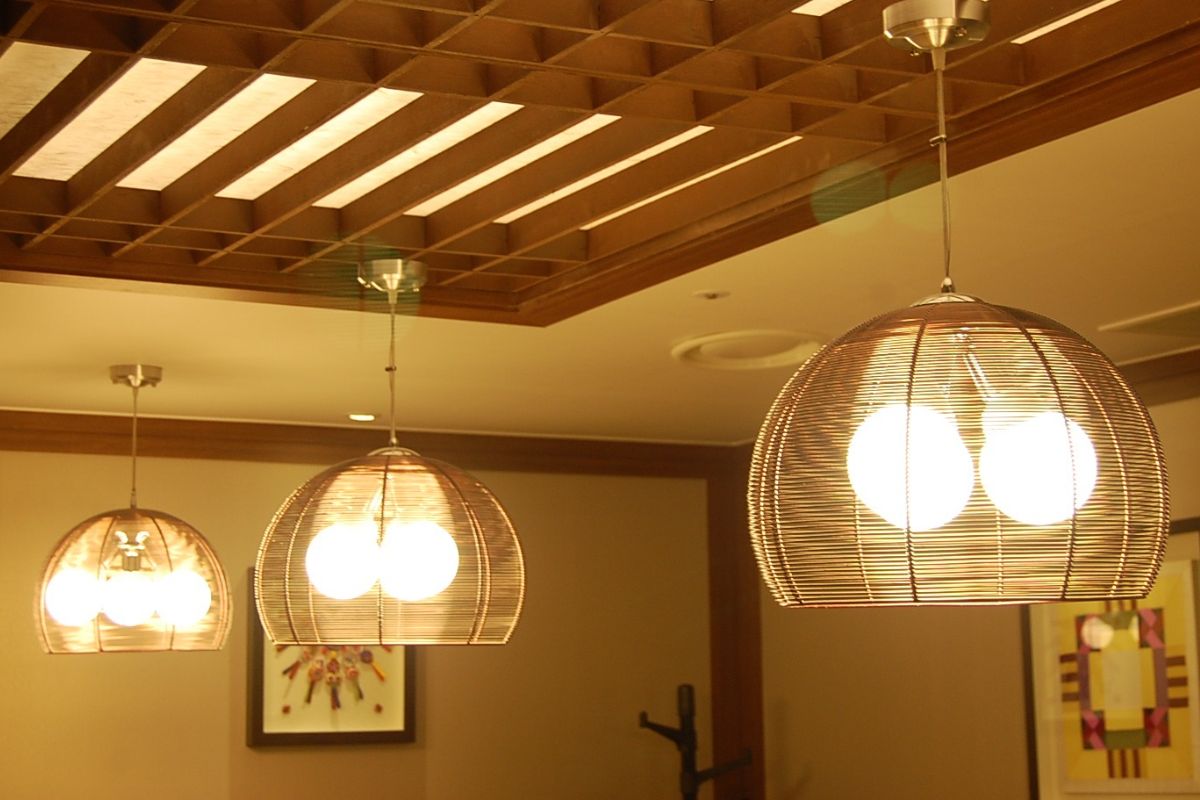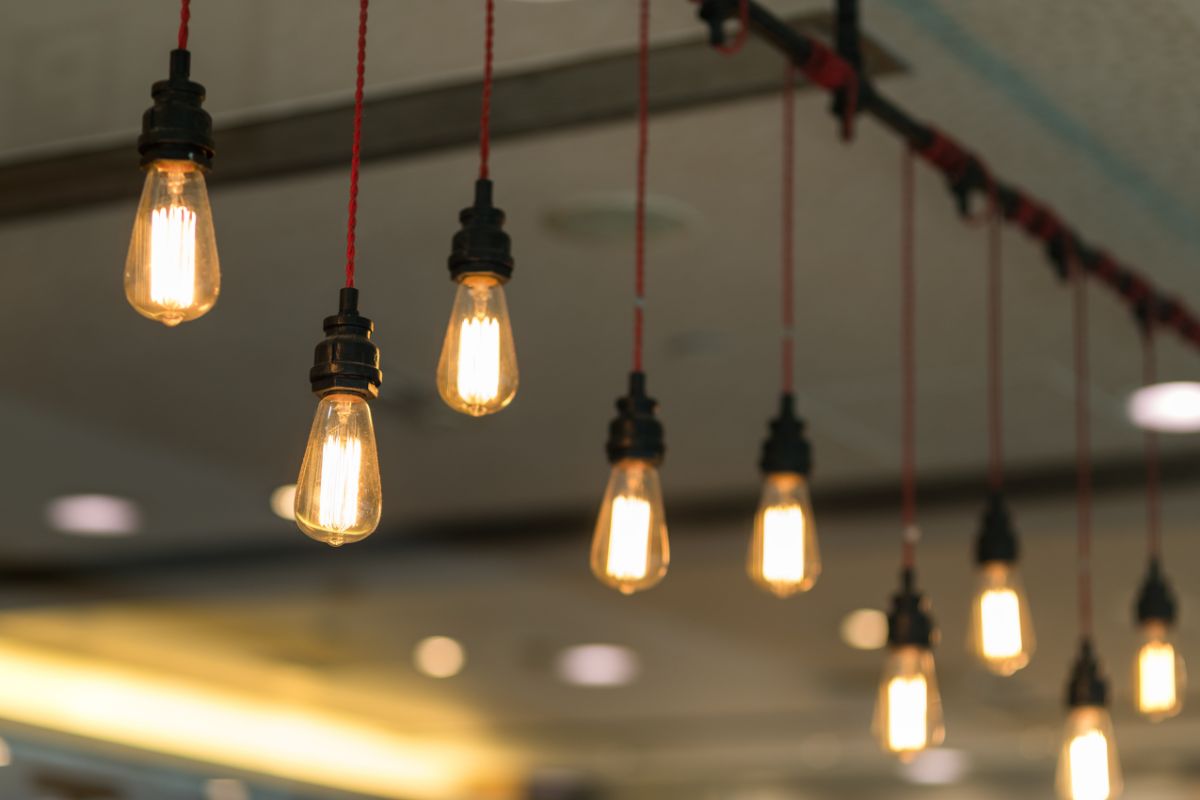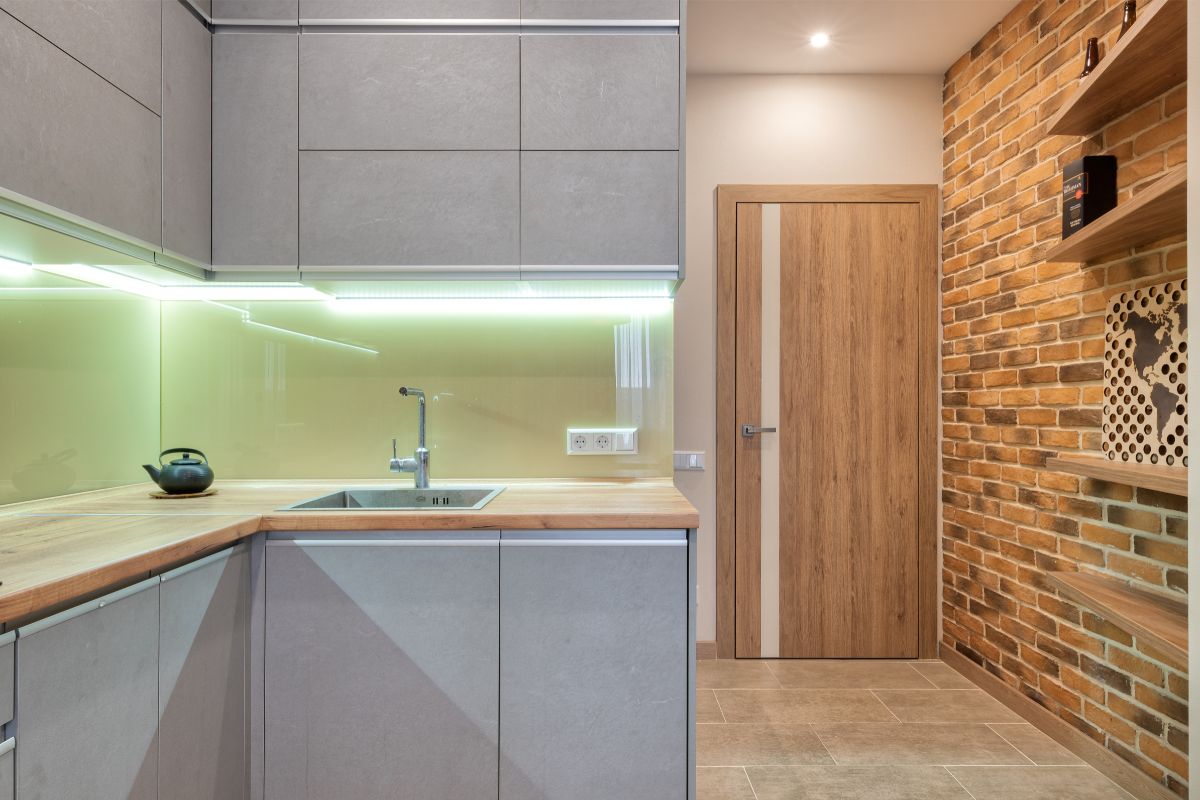The world of electronic illumination is a confusing one for outsiders. Rife with jargon, it can leave you with a headache at times, which is why I’m here to clear up some of this terminological mess for you.Today, we’ll be focusing on down lighting, discussing what it is, how it can be useful, and the particular lights used to achieve the intended effect of down lighting.

To answer the question with broad strokes, down lighting refers to any luminaire that points straight down.To answer the question with finer strokes, however, is a lengthier task, so if you want to learn about some of the intricacies of this type of lighting, stick with me!
Are Down Lights A Particular Kind Of Light?
Down lighting can be used as a general term that refers to any fixture type that projects light primarily downward, but within the industry, it tends to refer more specifically to recessed lights.Now, as recessed lights don’t necessarily have to be fitted in a ceiling, the fact that they’re called down lights is something of a misnomer, but still, if you hear someone talking about down lights, it’s more than likely they’re talking about recessed lights.
If they’re referring to other down-projecting lights such as overheads, they’d likely just refer to them as lights.
What Are Recessed Lights?
Recessed lights are fitted into a surface rather than hung from it like a traditional overhead. They sit almost entirely flush with the surface, making them a good choice if you’re trying to save space or achieve a very sleek modern aesthetic.
What Are Down Lights Used For?
Down lights can be used for any number of purposes, which is why they’re so popular. You’ll often see them installed in the awnings above garages or around entire facades in order to enhance visibility when arriving or leaving the home.They’re also commonly utilized to provide task lighting in an operational area. For example, you might install them beneath your kitchen cabinets to give you clear visuals on the work surfaces below when preparing your meals.
And they might just as well be used to illuminate your kitchen island, especially if the ceiling is too low to accommodate pendant lights.Some employ down lights to map out barrierless zones within a space, and others still use them as accent lighting to show off points of interest, such as pieces of art or architectural curiosities.However, it’s rare you’ll see down lights used exclusively, for, as is the case with all forms of lighting, down lights have their strengths and weaknesses.
The Pros Of Down Lighting

Recessed down lighting takes up very little space, allowing you to be more adventurous with other aspects of interior design. Plus, the fact that they’re so small and focused means you can install vast custom sequences, thereby lighting larger or awkwardly shaped rooms perfectly.In the same vein, you can use a sequence of them to produce a more even spread of light throughout a room, excluding the dark spots you’d get when using only one or two overheads, and compared to traditional lights, down lights are quite easy to install. While it’s still best to call in an electrician if you have little to no experience, a money-saving DIY installation isn’t off the table.
The Cons Of Down Lighting
Recessed down lights aren’t considered the best for creating ambient scenes, as they tend to be a little too focused.
Although they can be fitted with various trims that can alter photic behavior, no addition will provide the same level of diffusion as a traditional shade will on a normal fixture.You’ll also end up spending far more on recessed down lights than you would on traditional fixtures, as you need more of them to light a space. But then again, you may spend even more lighting your rooms with overheads and lamps to account for the dark spots.
Unfortunately, though, as recessed lights are embedded into your ceilings, they tend to cause a fractional amount of air bleed, thus reducing the insulation value of the area. This bleed spread over multiple installations can have a minor effect on energy bills.
What’s The Difference Between Down Lighting And Spotlights?
The bulk of a recessed down light is held behind the installation surface, especially if the light in question is a canned light, but a spotlight is fitted to a wall mount.
Spotlights tend to offer more wiggle room in terms of angle, but there are now adjustable-angle recessed down lights available.
Down Light Placement
Being that down lights aren’t a great choice for ambient lighting, they’re most commonly used as task lights, so, as mentioned earlier, in your kitchen you might install them beneath your cabinetry, or perhaps even within your cabinets so you can see their contents clearly.In a dining room, they’d be most effectively positioned in a sequence dead center above the table so everyone can see each other and their meals when sitting down for dinner.
That said, a dimmer switch might be useful in this scenario, as sometimes you’ll want a cozier, more relaxing vibe for an evening meal.
In the living room, if you already have your primary lighting sorted, you may want to brighten up a certain zone with some down lighting, such as the coffee table, a fantastic move if you like to play board games or do puzzles in an otherwise cozy environment.They also make fantastic indoor and outdoor perimeter lights, banishing any darkness from the room that the overheads left behind.
Final Thoughts
There you have it — down lighting is a term applied to lights that point directly downward, but more specifically, it refers to recessed lights installed in a ceiling or awning, which makes sense if you think about it.Traditional hanging lights may fall down from above, but they’re not really pointing down. Rather, they emit light in all directions, which is why we use shades to soften and redirect the light.
Recessed down lights, on the other hand, only emit light downward, making them useful in entirely different ways.



